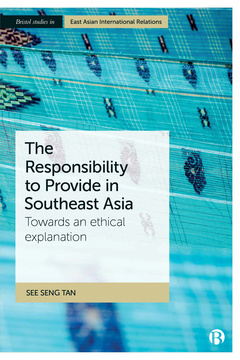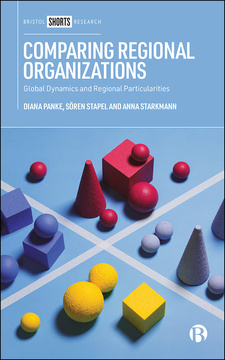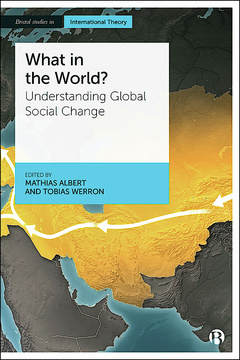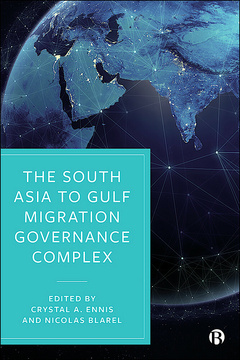Published
Nov 25, 2022Page count
216 pagesBrowse the series
Bristol Studies in East Asian International RelationsISBN
978-1529216479Dimensions
234 x 156 mmImprint
Bristol University PressPublished
Nov 25, 2022Page count
216 pagesBrowse the series
Bristol Studies in East Asian International RelationsISBN
978-1529216486Dimensions
Imprint
Bristol University PressPublished
Nov 25, 2022Page count
216 pagesBrowse the series
Bristol Studies in East Asian International RelationsISBN
978-1529216486Dimensions
Imprint
Bristol University PressDrawing on insights from differentiation theory, this book examines the participation of middle powers in multilateralism.
Taking Australia, Indonesia and South Korea as examples, the book examines these countries’ roles in regional organizations, and particularly during the creation of the Asia-Pacific Economic Cooperation (APEC) and East Asia Summit. Through its analysis, the book argues that middle powers pursue dilution of major power stratificatory forces, as well as functionally differentiated roles for themselves in multilateral diplomacy.
The book sets out a valuable new framework to explain and understand the behaviour of middle powers in multilateralism.
“Can middle powers in the Asia-Pacific pursue multilateralism in the face of increasing great power rivalry? This book employs differentiation theory for an innovative approach to this timely question.” Mathias Albert, Bielefeld University
“Combining realist concerns for power politics and sociological concerns for how things come to be, this book’s examination of Australia, Indonesia and South Korea illuminates the connection between middle powers and multilateralism. Worth reading for anyone interested in the mix of powers that constitute international politics.” Alice Ba, University of Delaware
Sarah Teo is an Assistant Professor and Coordinator of the Regional Security Architecture Programme at the S. Rajaratnam School of International Studies at Nanyang Technological University, Singapore.
1. Introduction
2. The Study of Middle Powers and Their Behaviour
3. Towards a Differential Framework for Middle Power Behaviour
4. Formation of Asia-Pacific Economic Cooperation
5. Shaping the East Asia Summit
6. The Differentiation of Middle Power Behaviour in Asia Pacific Multilateralism
7. Conclusion















